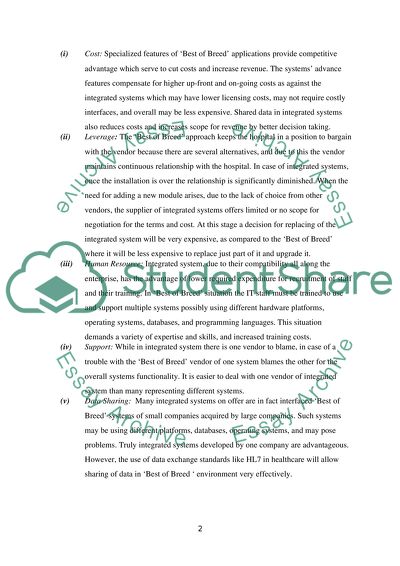Cite this document
(“Information System Essay Example | Topics and Well Written Essays - 1250 words”, n.d.)
Retrieved from https://studentshare.org/nursing/1611974-information-system
Retrieved from https://studentshare.org/nursing/1611974-information-system
(Information System Essay Example | Topics and Well Written Essays - 1250 Words)
https://studentshare.org/nursing/1611974-information-system.
https://studentshare.org/nursing/1611974-information-system.
“Information System Essay Example | Topics and Well Written Essays - 1250 Words”, n.d. https://studentshare.org/nursing/1611974-information-system.


